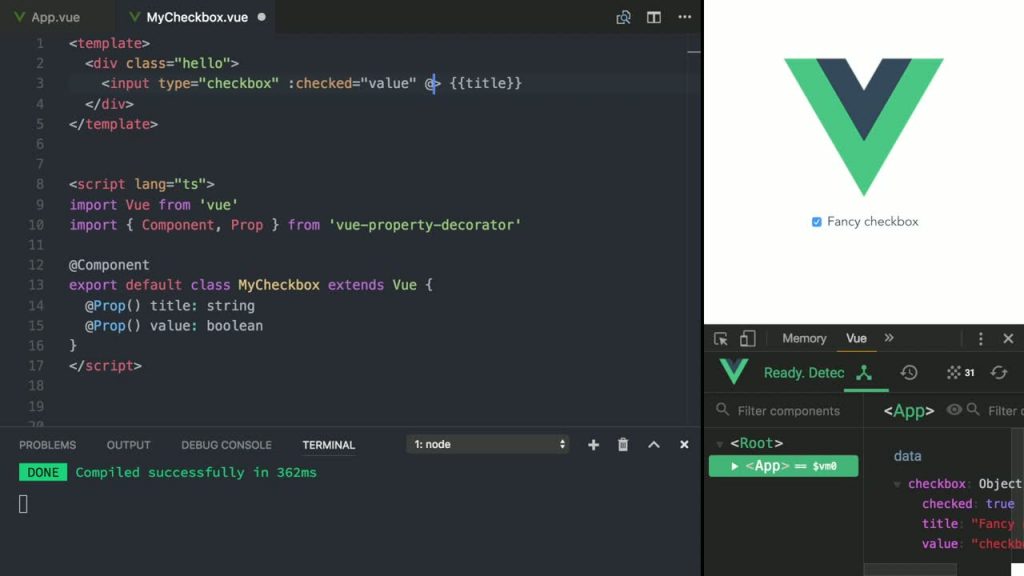When you’re looking for your next JavaScript framework, you have a lot to consider. There are so many options out there, and each one touts different benefits and caveats. Vue.js has been growing in popularity lately due to its flexibility, ease of use, and development speed — here are five reasons why it’s one of the best frameworks to consider for your next project!
1) Ease of Learning
Because Vue.js is a very lightweight library, it’s quite easy to pick up even if you don’t have experience with client-side MV* frameworks. The learning curve is also made smoother by a wide array of online tutorials and guides that can teach you every aspect of using Vue within just a few hours. Furthermore, there’s a very active community on Reddit ( /r/vue ) that can help you with any questions or issues that may arise during development.
2) Maintainability
Maintainability is a big concern for many companies, as it should be. If you’re going to trust your code to a system, you should know that it’s something that won’t take a ton of time and energy in upkeep; vue.js is extremely easy-to-maintain.
3) Speed and Performance
With so many devices available on today’s web, it’s more important than ever that websites load quickly and responsively across all platforms, and especially mobile phones—users expect your site to be fast, even on their smartphones! That’s why a JavaScript framework like Vue.js can be such an asset in development; it prides itself on speed while still providing robust functionality.
4) Flexibility
One of Vue’s greatest strengths is its ability to be both a simple library that can be dropped in, or a full-blown framework supporting routing, state management, etc. The flexibility lets developers start with a small app and build up as necessary—or go big from day one if they know exactly what they want from their project.
5) Community Support
Unlike many of its front-end competitors, Vue is an open-source JavaScript library that’s under constant development by an active team. This means you can use it in a real project today, but also that if you encounter a bug or some other issue, there’s a good chance someone else has already run into it—and reported it on GitHub!
6) Two-way data binding
Two-way data binding is a feature that automatically syncs values between two variables when one variable changes in value. You might be familiar with one-way data binding, which is what we see in jQuery and other libraries that allow you to listen for events on HTML elements. Let’s take a look at how one-way and two-way data binding differ.
7) Simple integration
Want to get up and running quickly? Vue.js is easy to learn and simple to use—there’s no reason not to give it a shot!
8) Detailed documentation
Part of Vue’s beauty lies in its simplicity, but there is plenty of depth to be found in its documentation . Developers who are familiar with JavaScript should be able to pick it up quickly, but even those who have never touched a JavaScript framework before can learn a lot from Vue’s docs—and you don’t need any prior knowledge about frameworks.
9) CSS Transitions and Reusability
If you’re trying to maintain a uniform experience across multiple pages, it’s a good idea to use CSS transitions in order to maintain usability and accessibility when transitioning from page-to-page or section-to-section. This way, any visual changes that may interfere with user activity are smooth and seamless. You can even (temporarily) disable or change portions of your web application via CSS transitions if needed!
Conclusion –
Vue is a small, progressive JavaScript framework that’s lightweight and flexible, with all of Angular’s power, but in less than half its size. If you’re looking for a simple way to bring your website together, look no further than Vue. here you can Hire Vue.Js Developers for you next project.
